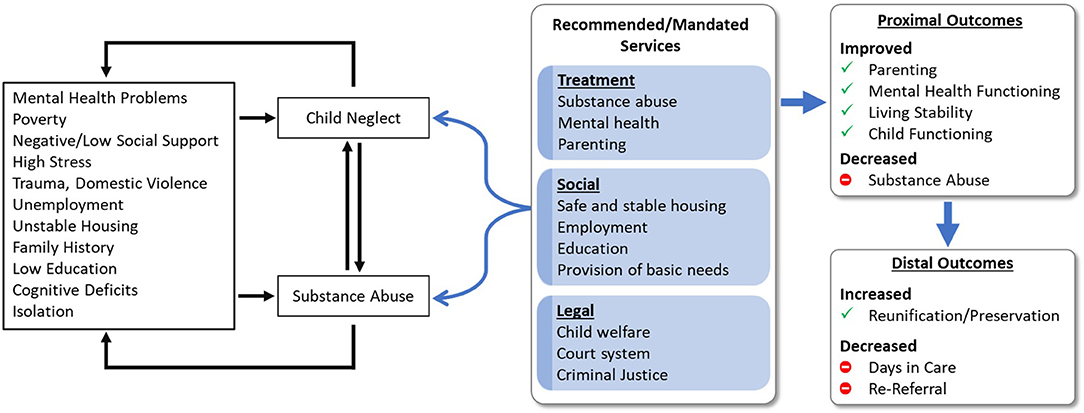
Report on Pathogenic Involvement in Non-Communicable Human Diseases with Emphasis on Sustainable Development Goals (SDGs)
Introduction
Infectious agents are a constant exposure for humans, with many communicable diseases well characterized. However, the role of pathogens in non-communicable diseases (NCDs) remains less explored despite some known associations, such as Helicobacter pylori with gastric cancer and hepatitis viruses with chronic liver diseases. This study leverages large-scale electronic health record (EHR) data from The UK Biobank (UKB) and TriNetX (TNX) to systematically identify and validate pathogen-NCD associations, thereby contributing to the understanding and potential prevention of NCDs in alignment with SDG 3: Good Health and Well-being.
Methods
Data Sources and Cohorts
- UK Biobank (UKB): A prospective cohort of nearly 500,000 adults from the UK with medical, sociodemographic, and genetic data. Antibody titers for 20 pathogens were measured in 9,429 participants.
- TriNetX (TNX): A global medical research network providing de-identified EHR data for over 11 million patients, including binary laboratory test results for pathogens of interest.
Statistical Analysis
- Logistic regression models assessed associations between disease status and pathogen infection proxies (antibody titers in UKB, binary test results in TNX).
- Adjustment for confounding variables such as age, sex, and BMI was performed.
- A discovery-replication design was used with lenient false discovery rate (FDR) thresholds in UKB (FDR < 0.3) and stringent thresholds in TNX (FDR < 0.01).
- Positive and negative control sets were used to evaluate model sensitivity and specificity.
Orthogonal Validation
- RNA-seq data analysis using VIRTUS software quantified viral gene expression in disease cases versus controls.
- Genome-wide association study (GWAS) loci enrichment near virus-induced differentially expressed human genes was assessed using the RELI tool.
Results
Pathogen-Disease Associations
The study identified 206 replicated pathogen-disease pairs across UKB and TNX cohorts, involving 15 pathogens and 96 distinct diseases, predominantly NCDs. Key findings include:
- Replication of established associations such as Helicobacter pylori with gastroenterological diseases and Epstein-Barr virus (EBV) with multiple sclerosis and systemic lupus erythematosus (SLE).
- Identification of novel or previously controversial associations, notably the link between human cytomegalovirus (CMV) and ulcerative colitis (UC).
- Evidence of both risk-increasing and protective pathogen-disease relationships, highlighting complex pathogen roles in human health.
Orthogonal Validation of CMV and Ulcerative Colitis
- Significantly increased CMV gene expression was observed in intestinal tissue samples from UC patients compared to controls.
- UC genetic risk loci were enriched near human genes with altered expression upon CMV infection, supporting a potential causal role.
Discussion
This comprehensive analysis enhances understanding of pathogen involvement in NCDs, supporting SDG 3 by informing potential strategies for disease prevention and management. The findings suggest that vaccines targeting identified pathogens could reduce the burden of associated NCDs, contributing to SDG 3.8 on achieving universal health coverage and access to quality essential healthcare services.
Implications for Sustainable Development Goals
- SDG 3 (Good Health and Well-being): Identifying pathogen-NCD links supports development of preventive measures, including vaccines, to reduce morbidity and mortality from chronic diseases.
- SDG 9 (Industry, Innovation, and Infrastructure): Utilization of large-scale biobank and EHR data exemplifies innovative use of health data infrastructure for disease research.
- SDG 17 (Partnerships for the Goals): The study demonstrates collaboration between academic institutions and healthcare organizations, facilitating data sharing and research advancement.
Limitations and Future Directions
- Data noise inherent in EHR and biobank datasets was mitigated by replication across independent cohorts.
- Geographic limitation to UK and US populations may affect generalizability; future studies should include diverse global populations.
- Further research is needed to elucidate mechanistic pathways and evaluate the impact of vaccination on pathogen-associated NCDs.
Conclusion
This study provides the largest systematic survey to date of pathogen involvement in non-communicable human diseases, identifying over 200 replicated associations and offering orthogonal evidence for key pathogen-disease links such as CMV and UC. These findings offer a valuable resource for future research aimed at reducing the global burden of NCDs, aligning with the Sustainable Development Goals to promote health, innovation, and partnerships.
Access to Data and Resources
- Data from The UK Biobank and TriNetX are accessible through respective application and data-sharing agreements.
- All results are available at https://tf.cchmc.org/pathogen-disease.
- Code used in the study is publicly available at https://github.com/WeirauchLab/pathogen_ncd.
1. Sustainable Development Goals (SDGs) Addressed or Connected
- SDG 3: Good Health and Well-being
- The article focuses on the relationships between pathogens and non-communicable diseases (NCDs), aiming to improve understanding and potentially reduce the burden of these diseases.
- It discusses vaccine development and disease prevention strategies, which align with SDG 3’s goal to ensure healthy lives and promote well-being for all ages.
- SDG 9: Industry, Innovation and Infrastructure
- The use of large-scale biobank data and electronic health records (EHRs) for systematic pathogen-disease association studies reflects innovation in health data infrastructure.
- SDG 17: Partnerships for the Goals
- The study leverages data from international cohorts (UK Biobank and TriNetX) and promotes data sharing and collaboration, supporting SDG 17’s emphasis on partnerships.
2. Specific Targets Under the Identified SDGs
- SDG 3: Good Health and Well-being
- Target 3.3: By 2030, end the epidemics of AIDS, tuberculosis, malaria, and neglected tropical diseases and combat hepatitis, water-borne diseases, and other communicable diseases.
- Target 3.4: By 2030, reduce by one third premature mortality from non-communicable diseases through prevention and treatment and promote mental health and well-being.
- Target 3.b: Support the research and development of vaccines and medicines for communicable and non-communicable diseases that primarily affect developing countries.
- SDG 9: Industry, Innovation and Infrastructure
- Target 9.5: Enhance scientific research, upgrade the technological capabilities of industrial sectors, including health data analytics and bioinformatics.
- SDG 17: Partnerships for the Goals
- Target 17.6: Enhance North-South, South-South and triangular regional and international cooperation on and access to science, technology and innovation.
- Target 17.18: Enhance capacity-building support to developing countries to increase significantly the availability of high-quality, timely and reliable data.
3. Indicators Mentioned or Implied to Measure Progress
- Incidence and Prevalence of Pathogen-Associated Diseases
- The article uses electronic health record data and biobank antibody titers to identify associations between pathogens and diseases, implying the use of disease incidence and prevalence as indicators.
- Number of Replicated Pathogen-Disease Associations
- The study identifies 206 replicated pathogen-disease pairs, suggesting that the number of validated pathogen-NCD associations can serve as an indicator of progress in understanding disease etiology.
- Vaccine Development and Uptake
- The article discusses potential vaccine development for pathogens linked to NCDs, implying indicators such as the number of vaccines developed and vaccination coverage rates.
- Genomic and Transcriptomic Biomarkers
- Use of viral gene expression levels and enrichment of disease risk loci near virus-induced genes as biomarkers to validate pathogen-disease relationships.
- Data Availability and Quality
- The availability of large-scale, high-quality datasets such as UK Biobank and TriNetX, and the extent of data sharing and accessibility, are implied indicators for SDG 17 targets.
4. Table of SDGs, Targets, and Indicators
| SDGs | Targets | Indicators |
|---|---|---|
| SDG 3: Good Health and Well-being |
|
|
| SDG 9: Industry, Innovation and Infrastructure |
|
|
| SDG 17: Partnerships for the Goals |
|
|
Source: nature.com







